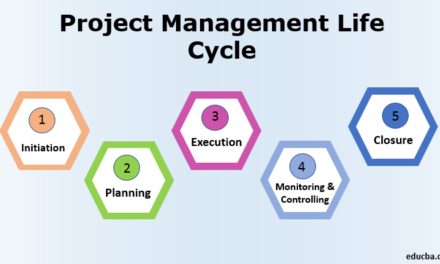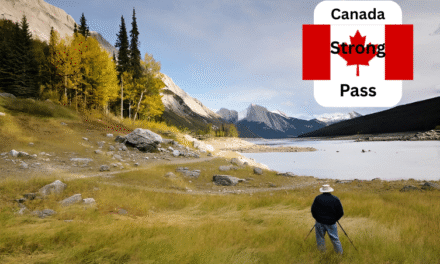Sylvan Lake, a beloved destination in Alberta, Canada, is known for its stunning waterfront, sandy beaches, and vibrant summer atmosphere. Each year, thousands of visitors flock to the lake to enjoy swimming, boating, picnicking, and a wide range of recreational activities. However, recent changes have been introduced to help balance the needs of all visitors and protect the natural environment. One of the most notable changes is the implementation of designated areas along the Sylvan Lake waterfront where tents are no longer permitted.
This new policy aims to improve the overall visitor experience, reduce overcrowding, and preserve the scenic beauty of the lakefront. In this blog, we’ll take a closer look at why these changes were made, how they affect visitors, and what you need to know before planning your next trip to Sylvan Lake.
Why Are Tent-Free Zones Being Implemented?
Sylvan Lake has seen a significant increase in visitors over the past several years, especially during the busy summer months. While this is great news for local tourism and the community, it has also led to challenges such as overcrowding on the beaches, environmental wear and tear, and conflicts between different types of visitors.
One of the major issues has been the widespread use of tents and shade structures along the waterfront. While tents provide welcome shelter from the sun and a private space for families, large numbers of tents can quickly dominate the beach areas, reducing available space for other visitors. This overcrowding can make the lake less enjoyable for people who come to swim, picnic, or simply relax by the water.
To address these concerns, the Sylvan Lake authorities have designated specific zones along the waterfront where tents and similar structures are prohibited. These restrictions help to ensure that public spaces remain open and accessible to everyone, allowing for a more balanced and pleasant experience.
What Areas Are Affected?
The no-tent zones primarily cover the most popular and heavily trafficked beach sections along the Sylvan Lake waterfront. These areas have been identified based on visitor patterns and feedback from the community. While tents are banned in these specific zones, they are still allowed in other less congested areas, such as designated picnic zones or camping sites further from the main beaches.
Clear signage has been installed throughout the waterfront to inform visitors of the boundaries of no-tent zones. Visitors are encouraged to familiarize themselves with these zones before setting up their spot to avoid any inconvenience.
How Does This Change Impact Visitors?
1. More Open Space for Everyone
By restricting tents in high-traffic beach areas, more space is freed up for general beachgoers to spread out and enjoy the sand and water. This change makes it easier to find a spot to relax without feeling crowded or overwhelmed by clusters of tents.
2. Improved Safety and Accessibility
Large tents can sometimes obstruct sightlines and pathways, creating safety concerns, especially for parents watching children or emergency responders who may need access to the waterfront. The no-tent zones help keep walkways and beach areas clear, making the environment safer and more accessible for all visitors.
3. Preservation of Natural Beauty
Overcrowding and heavy foot traffic can contribute to erosion and damage to the fragile lakeshore environment. Limiting the use of tents in sensitive areas helps protect the shoreline vegetation and maintains the natural beauty that draws visitors to Sylvan Lake in the first place.
4. Clearer Expectations
The introduction of tent-free zones provides clear rules that all visitors can understand and follow. This clarity reduces conflicts between groups trying to claim space and helps the local authorities enforce regulations more consistently.
Tips for Visitors Planning to Bring Tents
If you are planning a trip to Sylvan Lake and want to bring a tent or shade structure, here are some important tips to keep in mind:
- Check the Zone Maps: Before you arrive, check the official Sylvan Lake resources or onsite maps to identify where tents are allowed and where they are not.
- Arrive Early: Especially during peak season, early arrival gives you a better chance of finding tent-friendly areas that still have space available.
- Consider Alternatives: If you are visiting primarily for sun protection, lightweight umbrellas or pop-up sunshades might be a good alternative that complies with local rules.
- Respect Signage: Always follow posted signs and instructions from park staff to ensure a smooth experience for everyone.
- Be Mindful of Other Visitors: Remember that the lake is a shared space, and keeping a respectful distance from others will make the visit enjoyable for all.
What Else Is New at Sylvan Lake?
The no-tent zones are just one part of ongoing efforts to manage the increasing number of visitors to Sylvan Lake responsibly. Other initiatives include enhanced waste management, increased lifeguard presence, upgraded restroom facilities, and educational programs to promote environmental stewardship.
These improvements aim to make Sylvan Lake a safe, clean, and welcoming destination for generations to come.
Conclusion
Sylvan Lake continues to be one of Alberta’s most cherished summer destinations, offering beautiful scenery and countless recreational opportunities. The recent introduction of no-tent zones along the waterfront reflects a thoughtful approach to managing visitor impact and preserving the lake’s natural charm.
By understanding and respecting these new policies, visitors can help ensure Sylvan Lake remains a place where everyone can relax, play, and connect with nature.
If you’re planning a visit this season, take note of the tent restrictions, plan accordingly, and get ready to enjoy everything this amazing lake has to offer.











